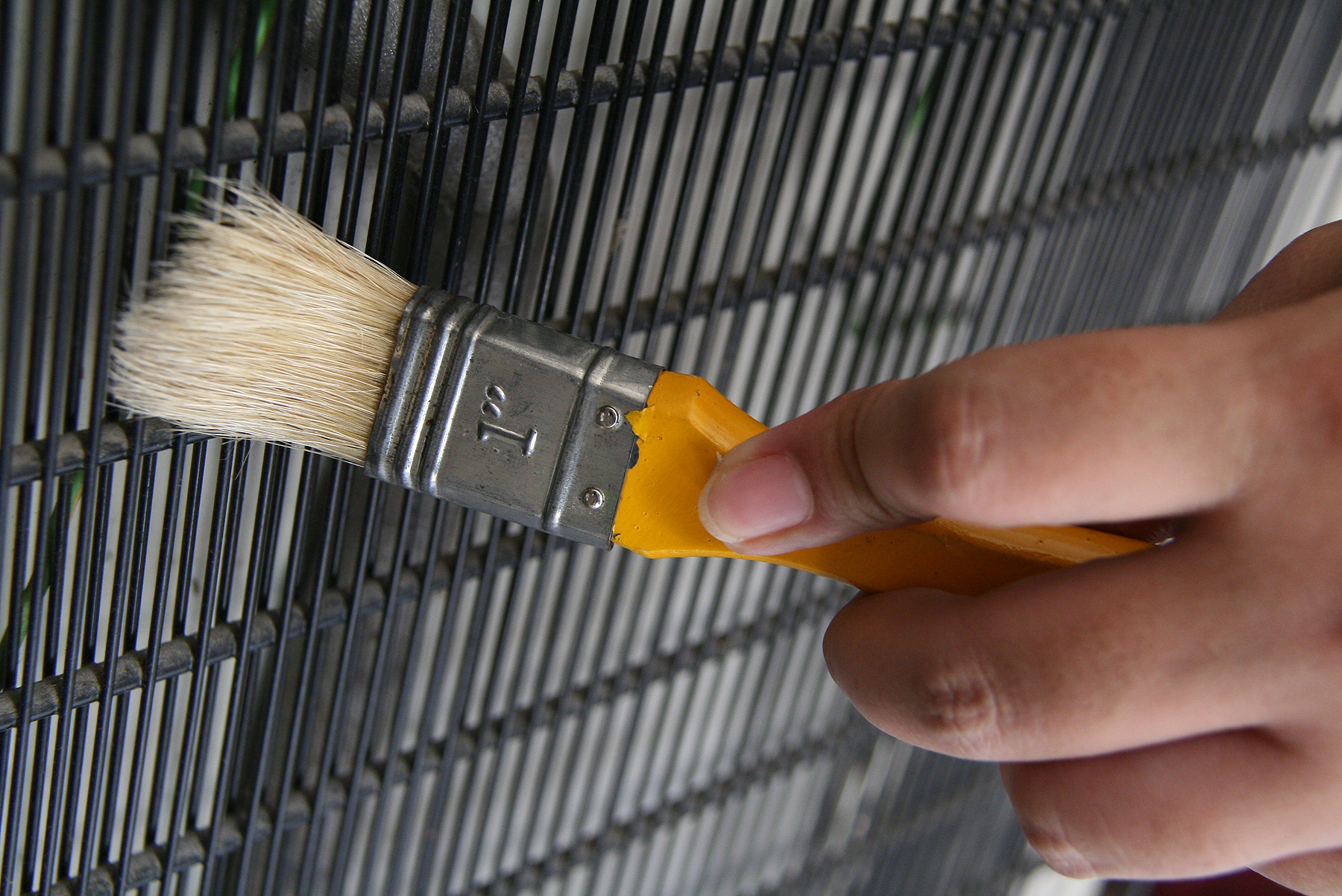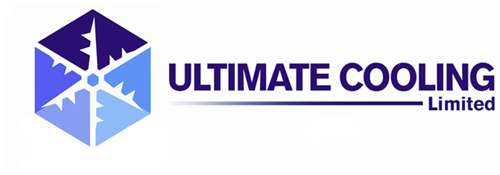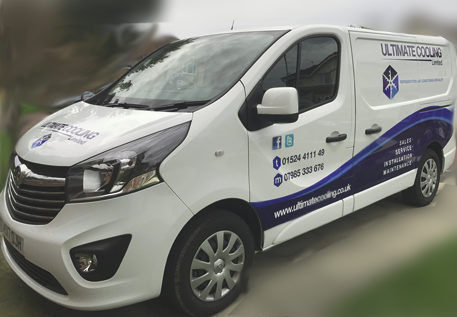Commercial Refrigeration Cleaning Tips
Refrigeration is an essential aspect of all pubs, clubs, bars and commercial kitchens. Keeping your fridges in good condition and able to maintain accurate temperatures is a necessity.
Dirty refrigerators, coolers or freezers can lead to excessive energy consumption and strain on the machinery which could lead to the unit breaking down at the worst possible time, creating unwanted expense.
Here at Ultimate Cooling, we have pulled together some useful tips below to help our customers maintain their commercial refrigration equipment.
Exterior Clean
To clean the exterior of your refrigeration unit, use a cloth dampened with soap and water to wipe down the doors and sides. Carefully wipe off dust, grease and dirt from the covers that protect the condenser.
You should also check for any debris, boxes or other equipment that may be blocking airflow to the refrigerator. Air flow is essential to any commercial refrigeration unit.
Interior Clean
For the interior of the cooler or freezer, simple soap and water is again ideal for this. Wipe up all excess water once you have finished cleaning.
Using harsh chemicals is never a good idea when cleaning a walk-in. Harsh chemicals tend to harm the metal surface over time. However if mildew or mold is present, make a diluted bleach and water mixture and wipe gently with a rag or bristle brush.
Door Gaskets
Door gaskets can be easily cleaned by wiping them down with a cloth, soap and water. If there are any tears, make sure to replace as soon as possible to prevent possible damage to the compressor.
If damaged, the gasket should be replaced immediately to prevent any damage to the door or strain on the condenser.
Condenser Coil
One of the most important jobs is to keep the condenser coil clean. The condenser coil itself should be cleaned at least once a month to keep it free of dirt and dust.
A great way to clean this is to use a wet-dry vac. This allows you to clean the surface while also giving the ability to reverse the flow of air and blow out dirt that may be imbedded deeply in the coils. The outside can just be wiped off with a damp cloth.
Condensers can be a pain to get to on some units. They are often found behind a cover on the top or bottom of the unit. Some prep tables or bottle coolers may have side mounted refrigeration so look for the removable covering on the front or side panel on those models.
Drain Lines
Cleaning your drain lines can be a very long process. Once a year it’s best to have a trained professional clean your drain lines checking that they are not clogged with debris or mold. While cleaning the service tech will generally also disinfect the inside of your unit.
Handy Checklist
- Make sure to read the operation manual for your unit. It will tell you how often that particular machine needs to be cleaned and how to clean it.
- Before using anything beyond soap and water to clean your refrigeration, be sure to remove food and food containers.
- Before cleaning condenser, drain lines, or evaporator always remember to unplug the unit for your own safety.
- Clean from the top down! Start at the ceiling, and work your way down the interior walls and shelves to the floor.
- Cleaning a commercial ice cream machine requires removing any parts that detach or come in contact with the ice cream or fingers. It’s also best to soak parts for 30 minutes in hot water with a tablespoon of sanitiser to kill additional bacteria and germs.
- Ice machine parts can wear out quickly. Keeping spare parts on hand can save your a lot of headache.
- Never use Petroleum Jelly to disassemble parts because it can cause the machine to break down and get contaminated easily.




